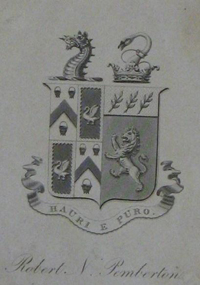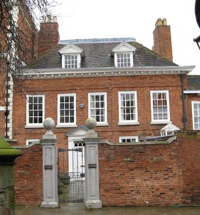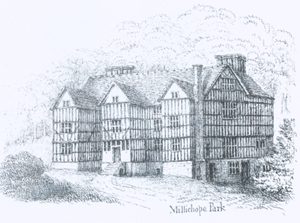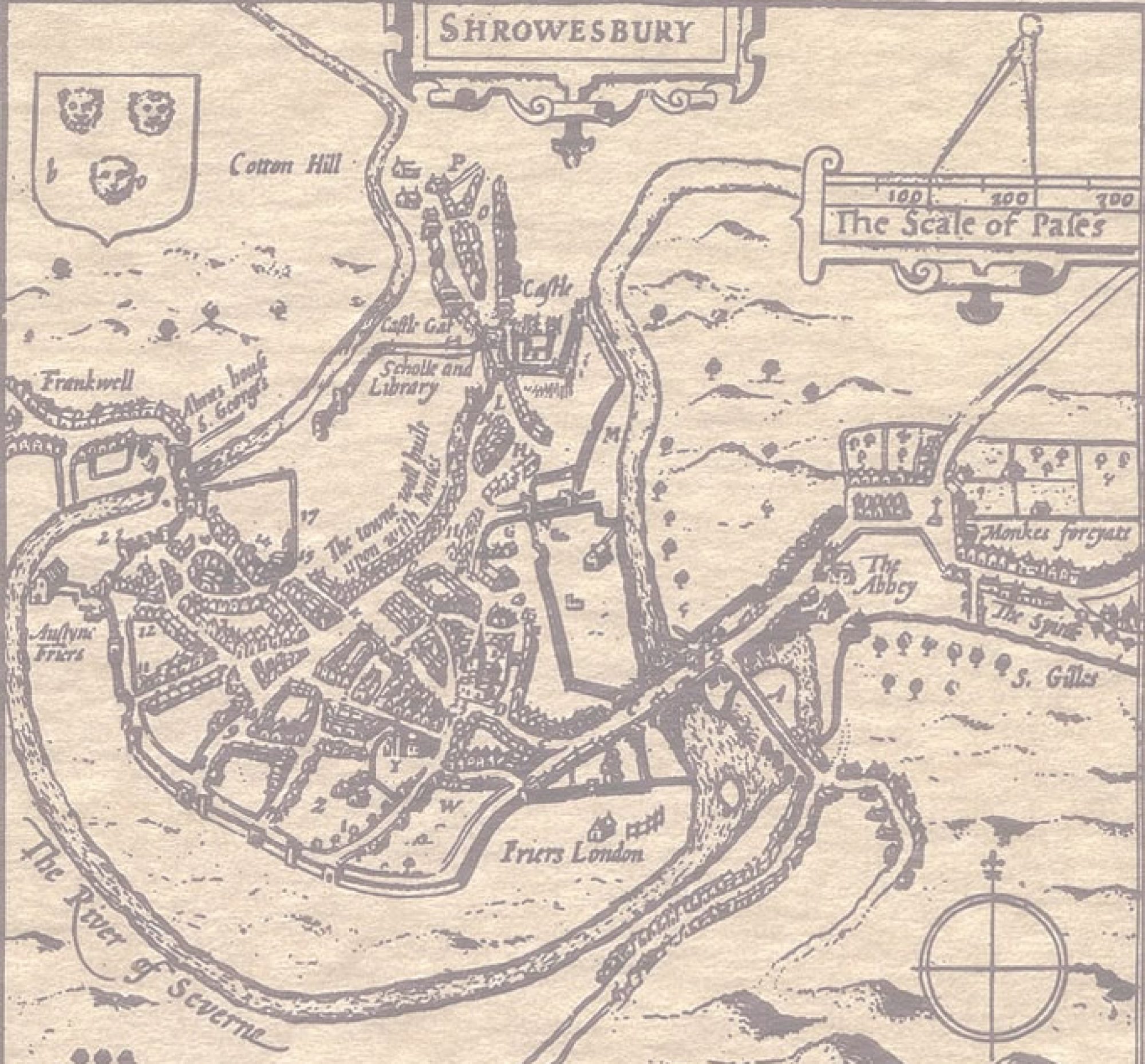
The recent article on hangings at Ditherington brought to mind a notorious case associated with the Pemberton family, who are remembered by Pemberton Way, off Adams Ridge in Sutton Park, Shrewsbury. A well-known branch of the Pembertons were lawyers, father Robert (1728-96), and sons Thomas (1762-1832) and Robert (1764-1816). [footnote 1] Their offices were in Shrewsbury, where they lived in a grand house in Belmont, and they also owned Millichope Hall in South Shropshire. [footnote 2]

The sons did their training in their father’s office, and were known as young men of rather expensive habits. One day in 1784 a client brought a sum of money equivalent to about £5,000 at today’s prices into the office for use in a transaction. [footnote 3] Instead of locking it in the safe, the money was carelessly left lying around, and the next morning it had disappeared without trace. Immediately the suspicion fell on the office errand man Edward Edwards. The only circumstantial evidence against him was that he had been in the office early that morning instead of running an errand in the country, a change of plan that appeared suspicious, and which he later bitterly regretted. However, he was a man of previously unblemished reputation, and his accusers could find neither trace of the money, nor evidence as to how it might have been spent.
In those days the legal system was heavily weighted in favour of the prosecution, and Edwards had no chance against the legal might of the Pembertons. At the Quarter Sessions he was tried, found guilty and sentenced to be hanged, though most believed that the young Pembertons were the real culprits. [footnote 4] Edwards himself continually protested his innocence up the time of his death and bitterly accused the Pembertons. He even prophesied about them saying to a lady, “It will come home to them – your children will see an end to the Pembertons.” [footnote 5] The general belief in Edwards’ innocence is supported by the fact that he was buried in old St Chad’s churchyard, even though the normal practice was to give the body of a hanged person to the surgeons for dissection. [footnote 6]

After this incident it was recorded that the behaviour of the younger Pembertons was ‘much altered’ and they became pillars of the local and legal community. Thomas became Recorder of Wenlock, the senior judge in the area. He inherited Millichope Hall after his father’s death, along with a share of the family fortune, over £5 million in today’s money. [footnote 7] Robert became an attorney (solicitor), with a very extensive practice amongst the well-to-do. He was elected Mayor of Shrewsbury in 1808, and his memorial tablet in St Alkmund’s Church states that, ‘His honour and integrity in business, his attachment and kindness to his friends, his love and affection to those around him, and his charity and benevolence to all mankind were such as will be long remembered with esteem and gratitude.’ He also had much personal sadness, as his much-loved wife Sarah died a slow and painful death when she was just 29. [footnote 8]
Robert had one son, Rev Robert Norgrave Pemberton (1791-1848), who was a well-respected Vicar of Church Stretton, and later Canon of Hereford. His desire to live an unblemished life was reflected in the motto on his crest – ‘Hauri e Puro’, ‘To be drawn from the pure fountain.’ [footnote 9] He inherited Millichope on the death of his uncle in 1832, demolished the old half-timbered house, and built the grand mansion that is there today. He died childless, and in 1848 Millichope Hall passed to a cousin. So that was the end of this Pemberton line, which had died out within two generations, just as Edward Edwards had prophesied.
Footnotes
[1] Phillips, W, Shropshire Men, Vol. 3, pp.200ff, SA Mic.166; also the story of the supposed miscarriage of justice
[2] Forrest HE, The Old Houses of Shrewsbury,Shrewsbury, Wilding and Son, 3rdEdition, 1921, pp.43-44; http://www.british-history.ac.uk/report.aspx?compid=22866 – Millichope Hall (accessed 6.8.12)
[3] National Archives Currency converter, http://www.nationalarchives.gov.uk/currency/results.asp#mid (accessed 6.8.2012)
[4] SC 19.3.1785
[5] Phillips, op. cit.
[6] SA St Chad’s Parish Records, St Chad’s fiche 253/177. 27.3.1785
[7] SA 665/5955
[8] Plaque in St Alkmund’s Church; SA 112/14/68/77, 78, 108
[9] SA f.c.59.6; Fairbairn’s Book of Crests of the Families of Great Britain and Ireland, part 2, p.34, 1905, Google Books
